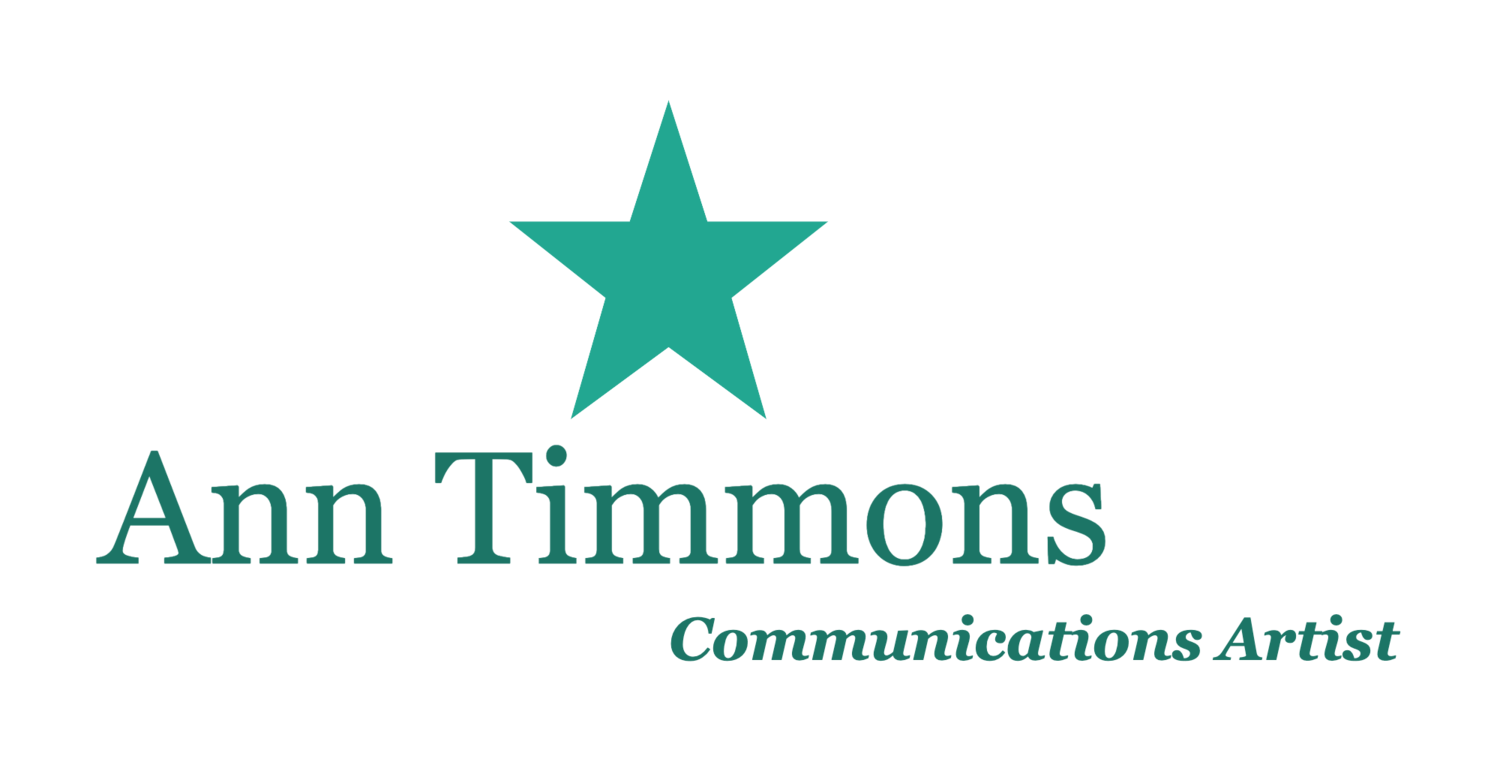Recently, while watching a speaker on Zoom, I found myself. . . .wandering. He wasn't boring, exactly -- he had plenty of enthusiasm, was energized about his message, used lots of gestures, threw in a few topical stories. All characteristics of an engaging speaker. So why wasn't I engaged? I wasn't tired, or hungry, or particularly preoccupied with a problem at hand.
After he finished, I reflected on what he had said. I had the gist of the main thought, but try as I might, I could not remember his supporting points. Were there three? Five? I recalled snapshots, bits of story and thought strung together, but not in any order that I could follow. And so I couldn't remember how he reached his conclusion. Which made me doubt that conclusion. Not to say I doubted his credibility - because he is an expert, well respected in his field. But as far as this particular message was concerned, I was not "sold."
I offer this a reminder that -- especially in these days of Zoom fatigue -- we need to give our listeners a clear roadmap if we expect them to follow us. That's the best way they can reach our conclusion with us. Many people shy away from the old "here's what I am going to tell you; here I am telling you (points 1, 2, 3); now I have told you" formula because they think it dry and unimaginative. But your audience is not filled with mind readers. So if you're going to eschew this way of mapping your speech out for them, you need to double down on other auditory signposts: "first," ''second," 'that brings us back to," etc.
It's your job to keep them following you on the trail of your story. Don't take detours or meander, no matter how pleasant that scenic overlook just off the path may be. Unless you want to lose your audience along the way!


